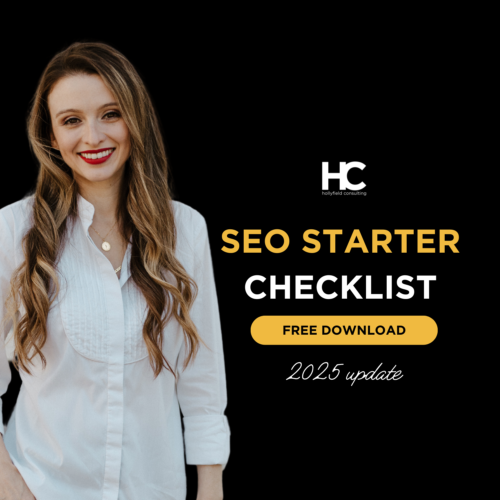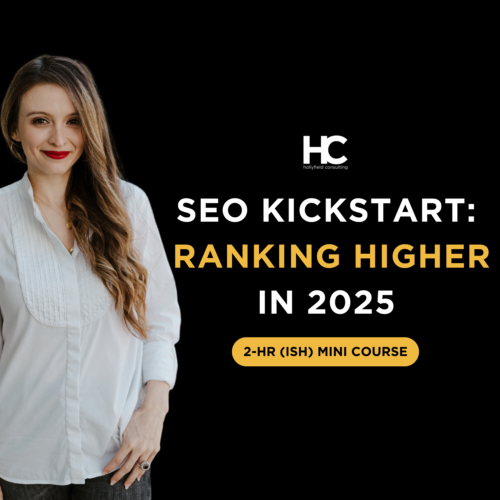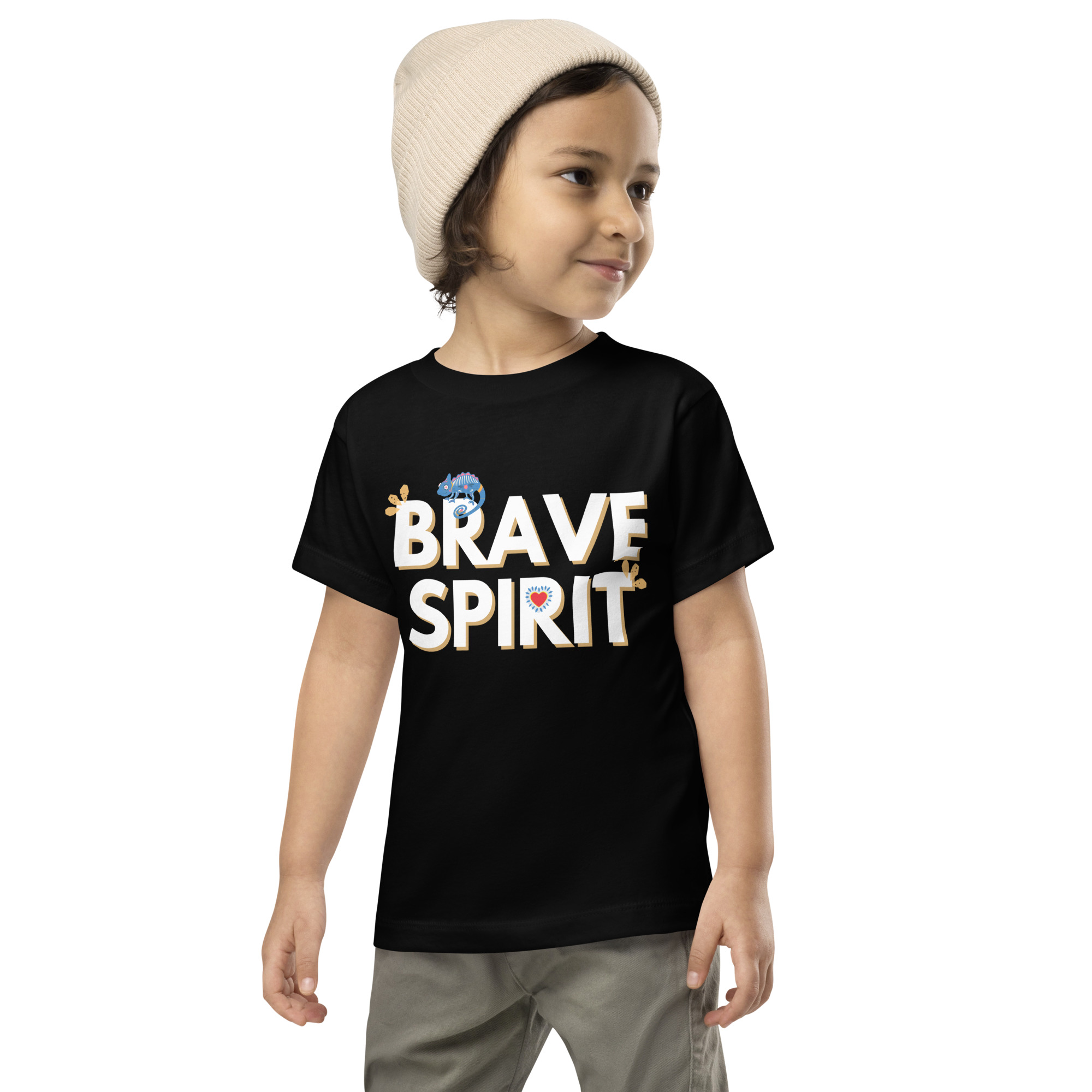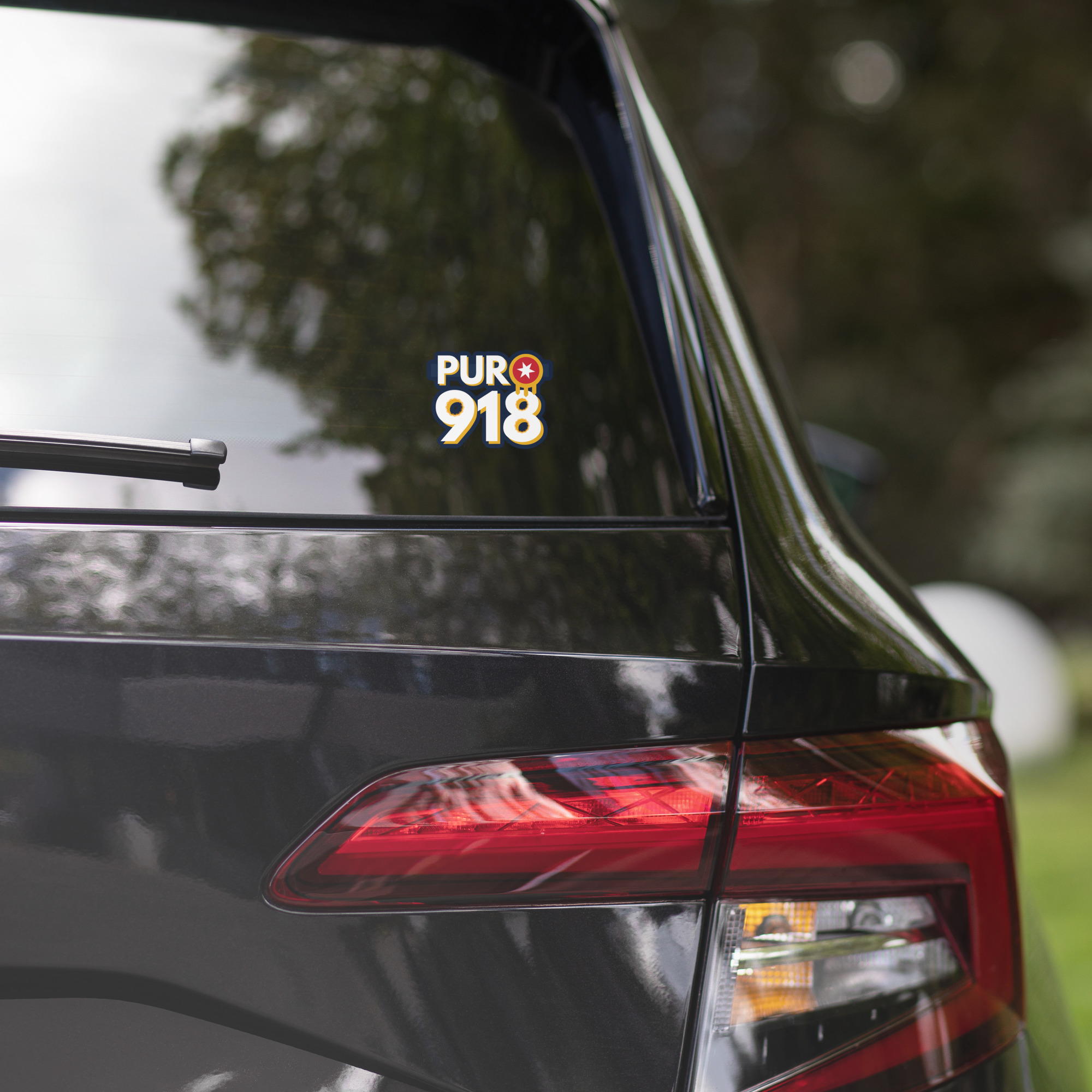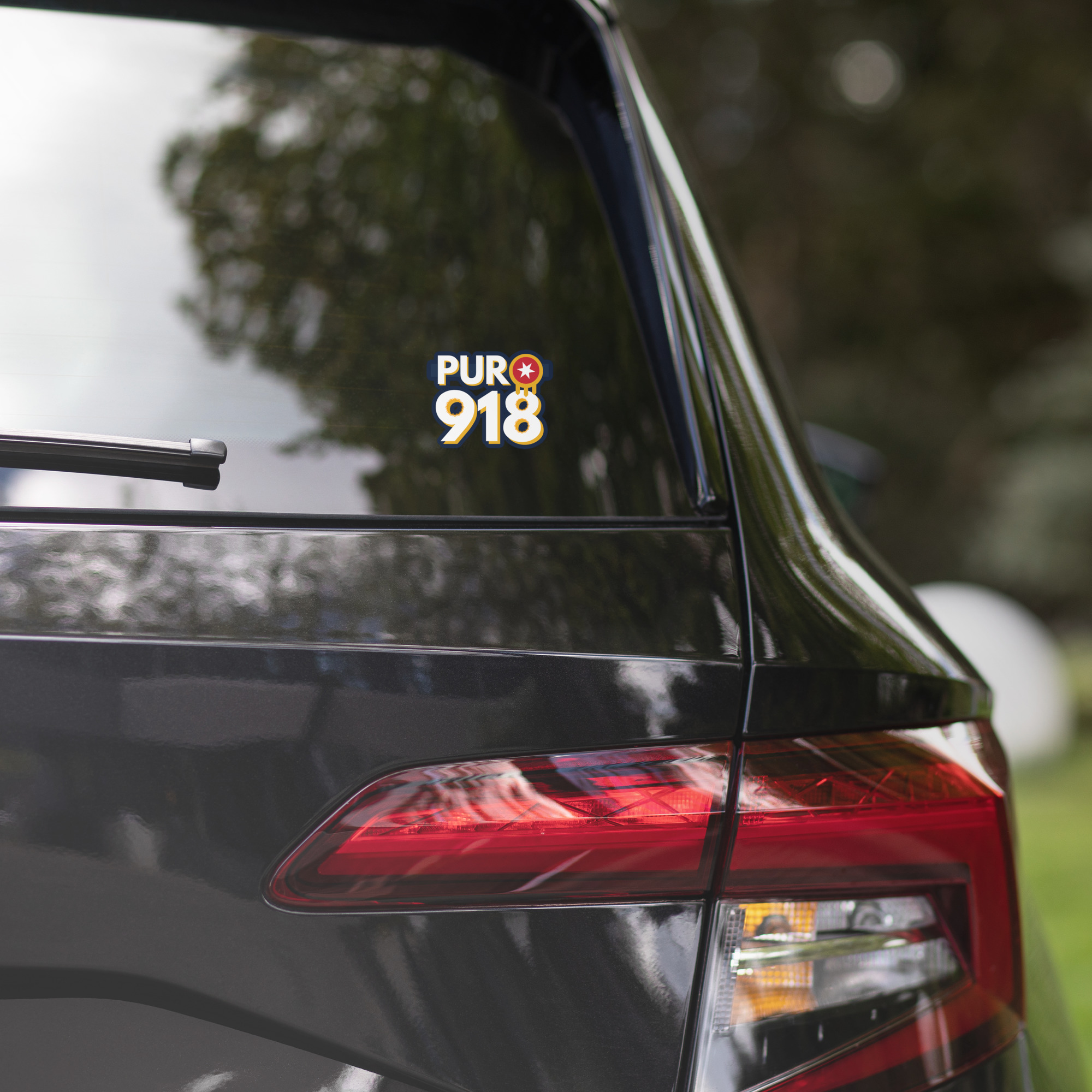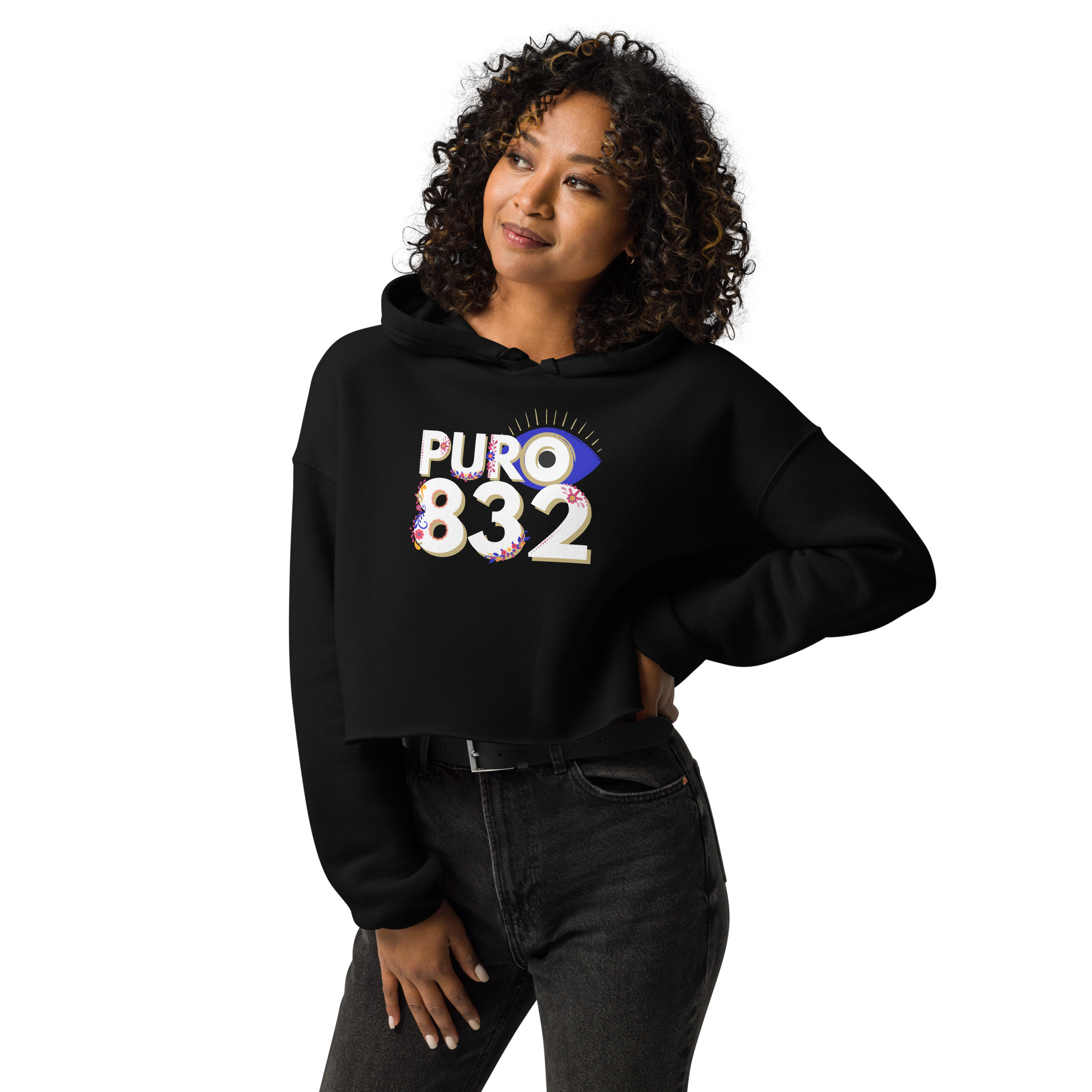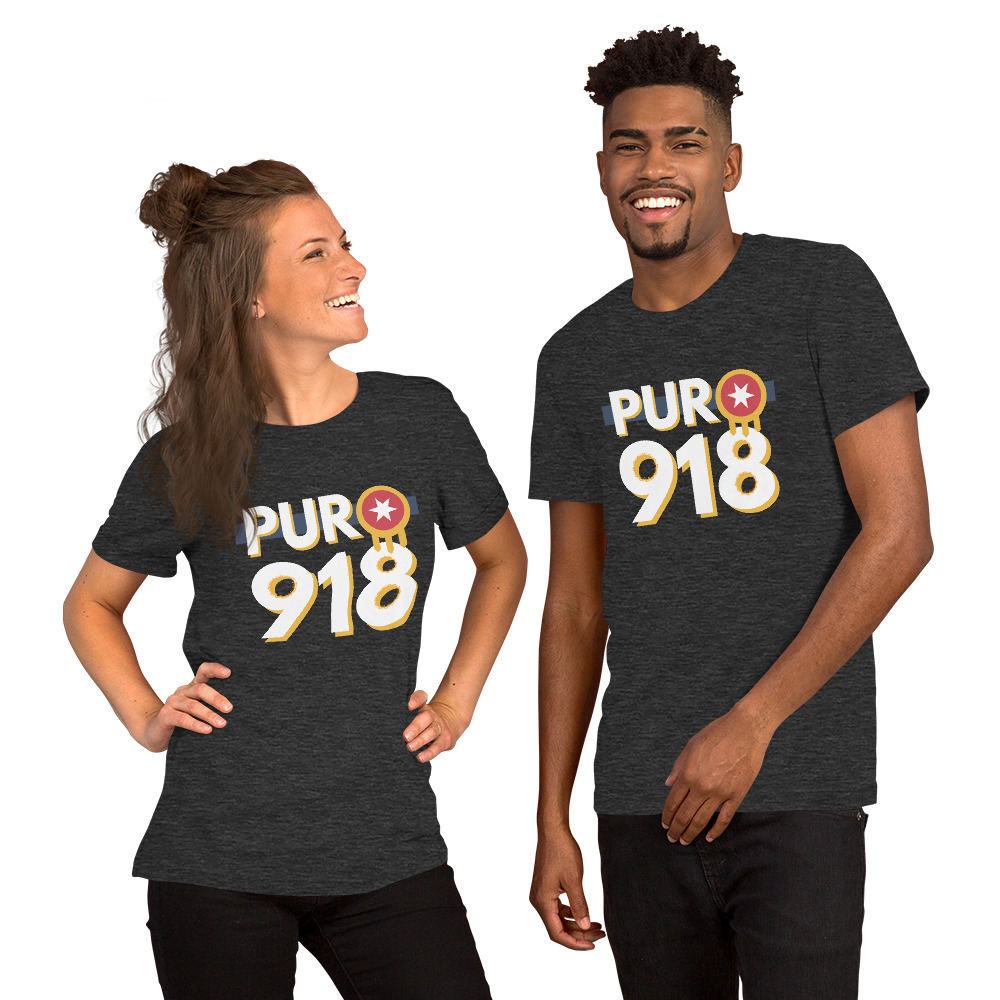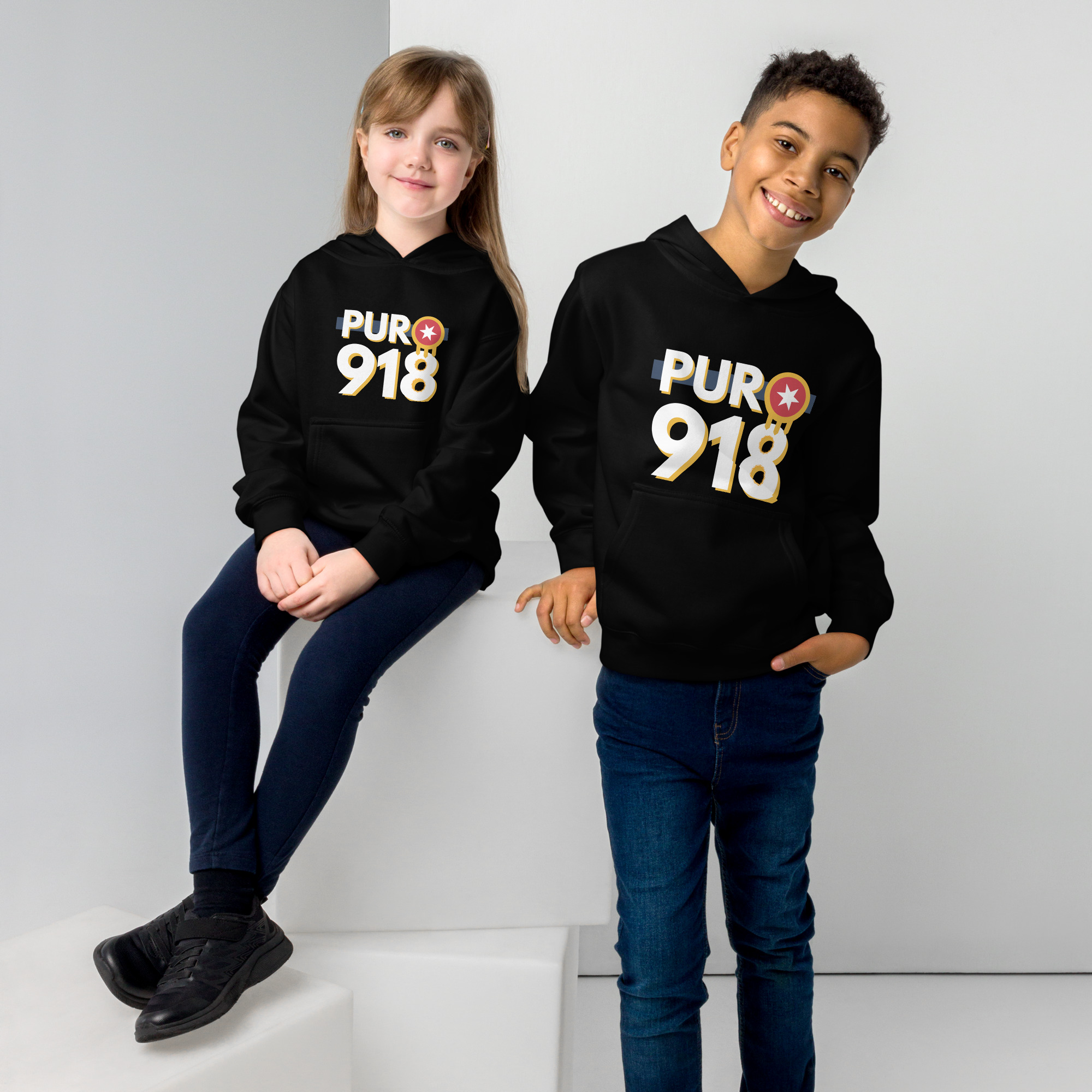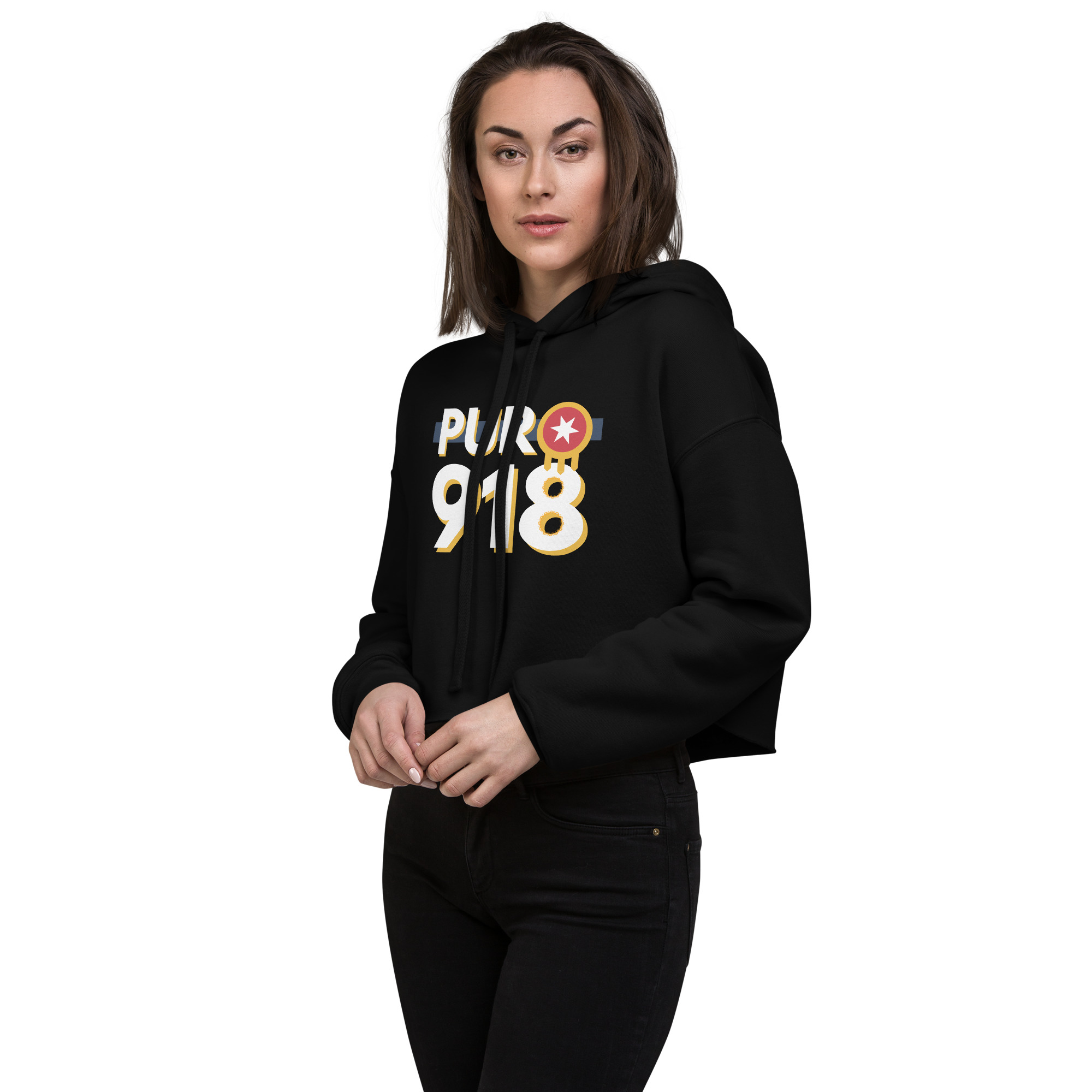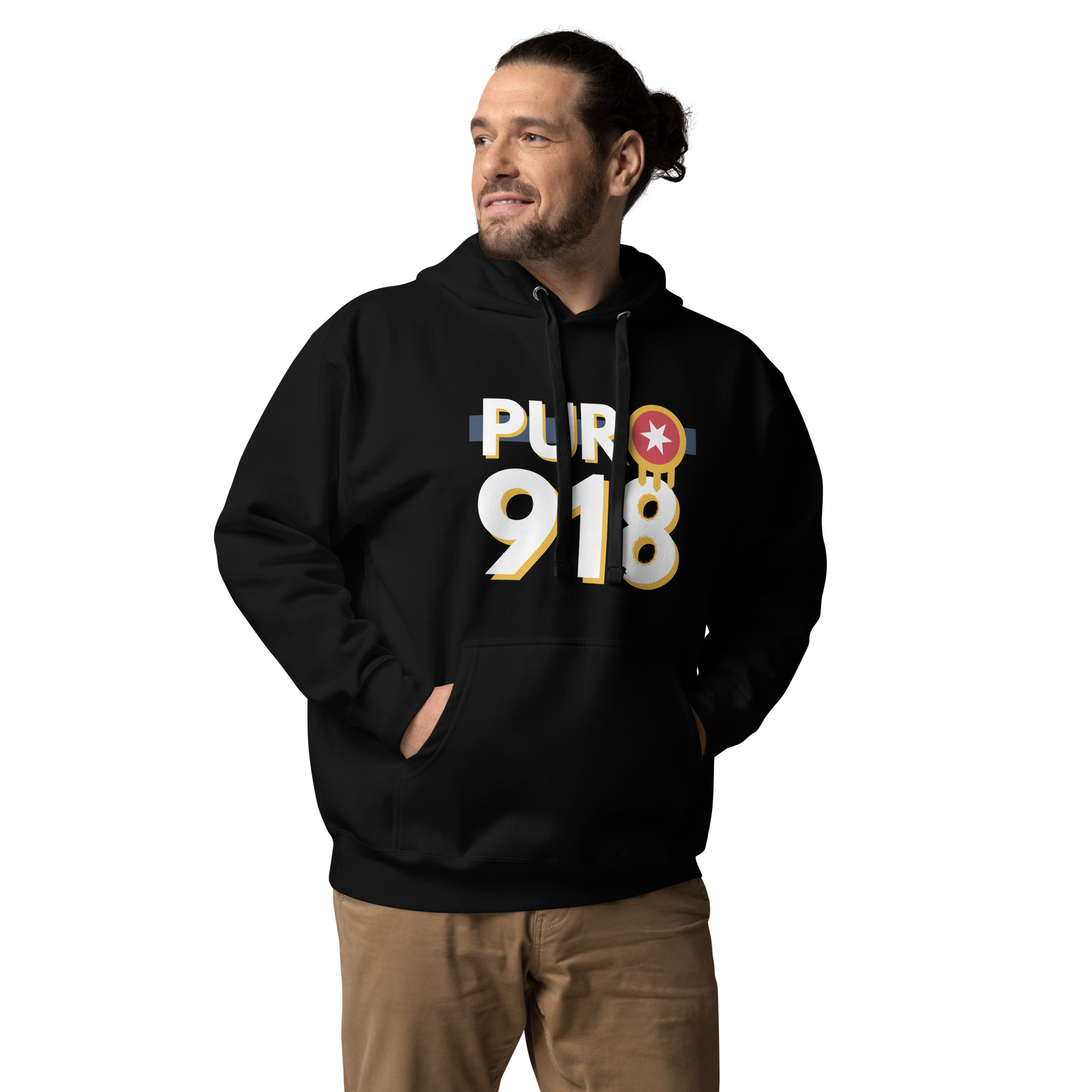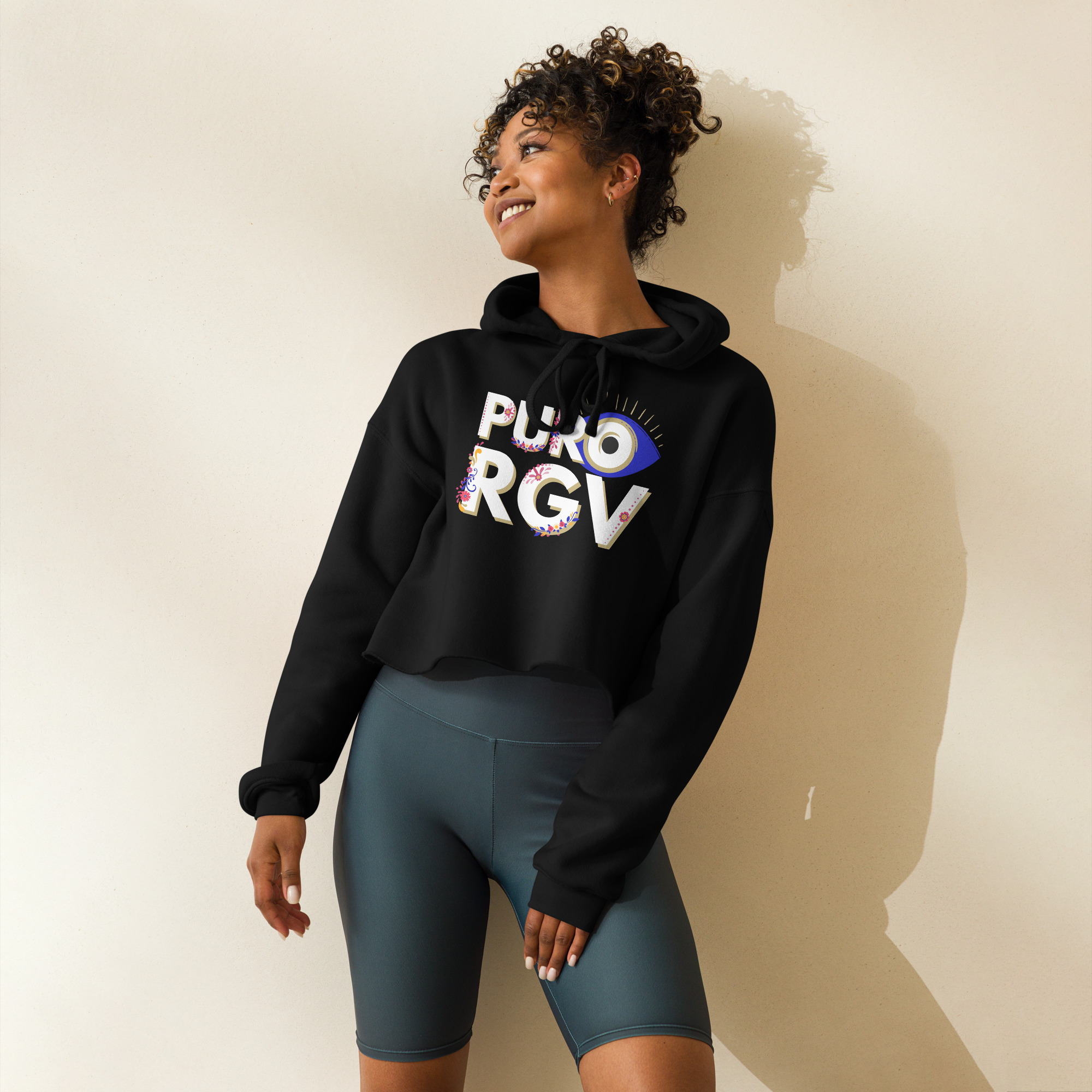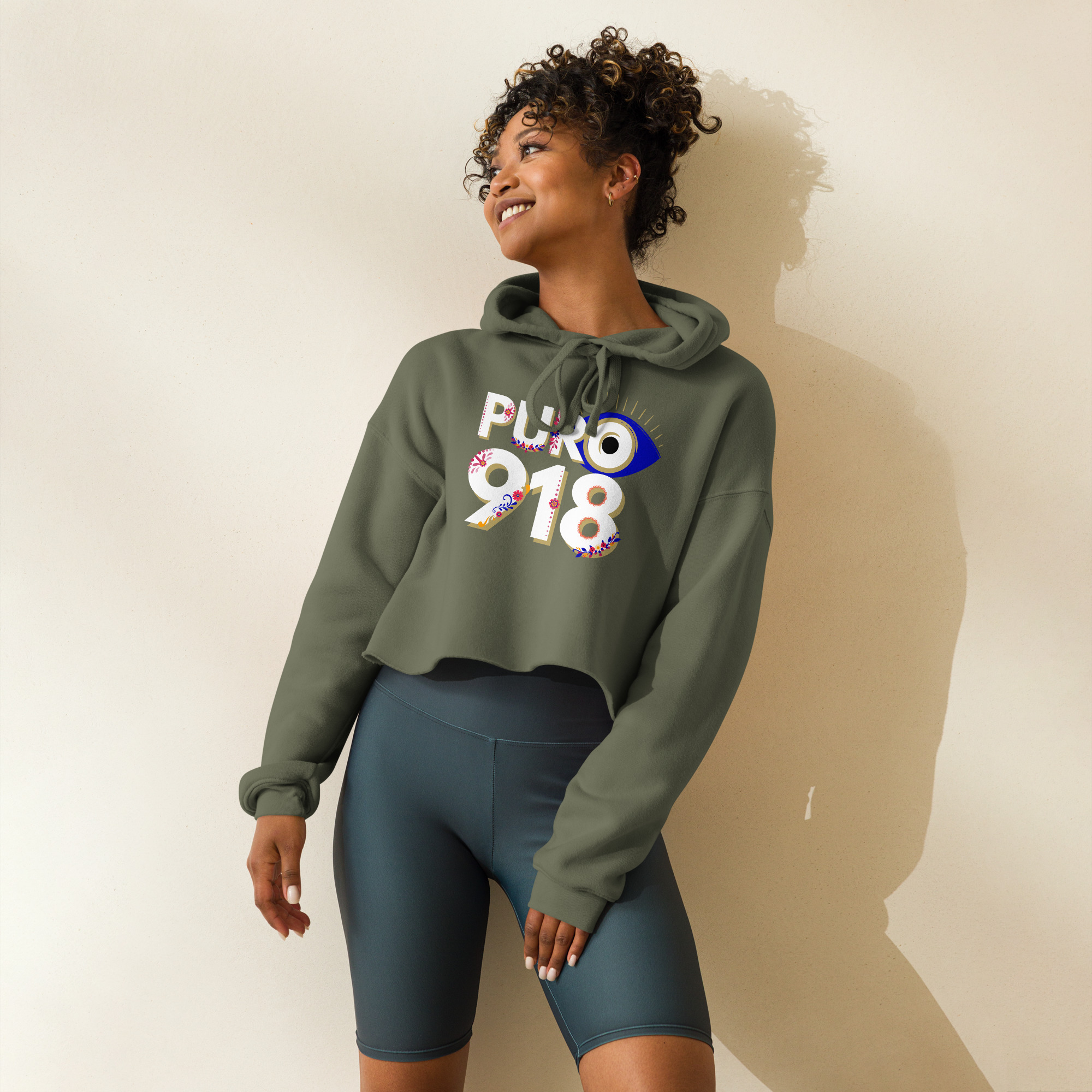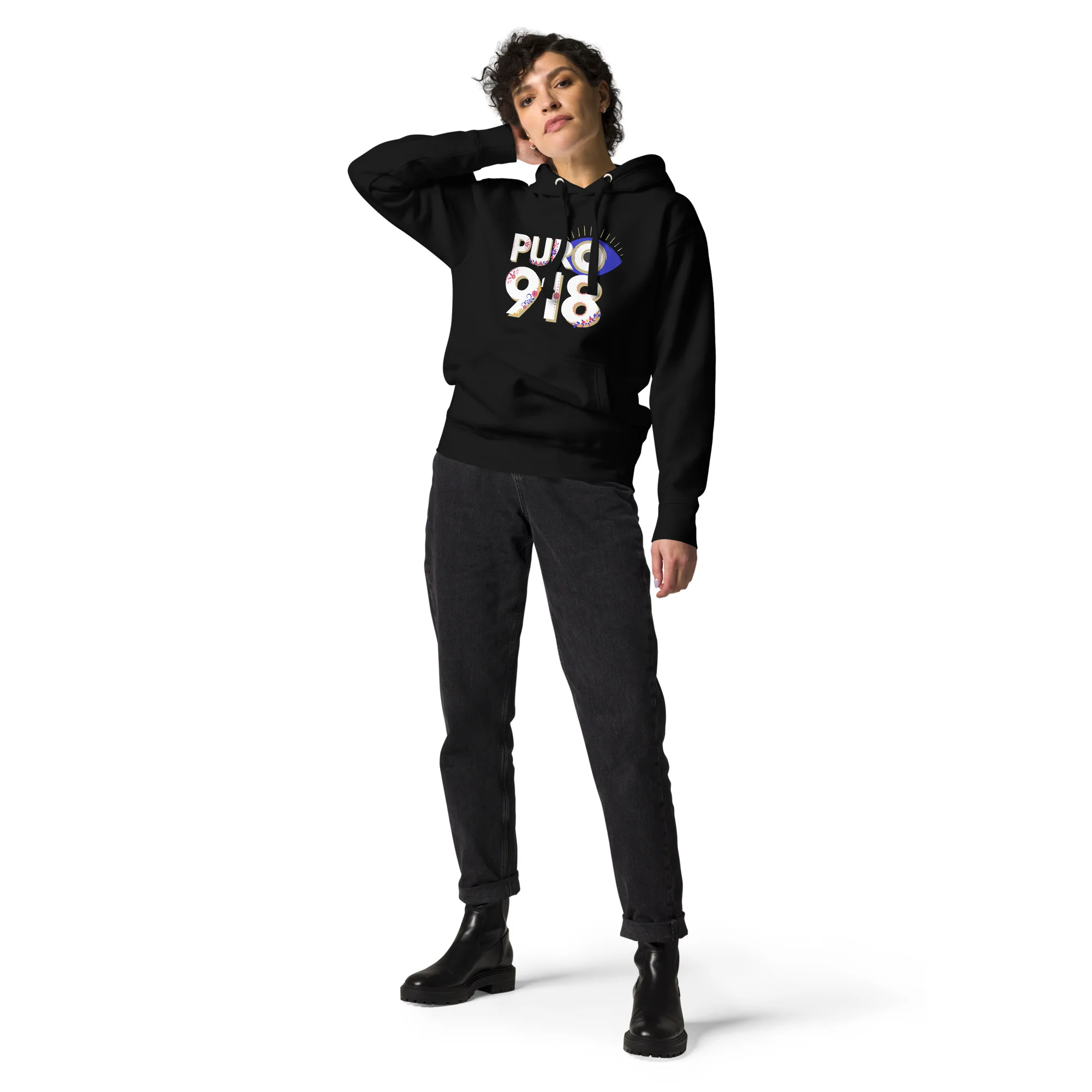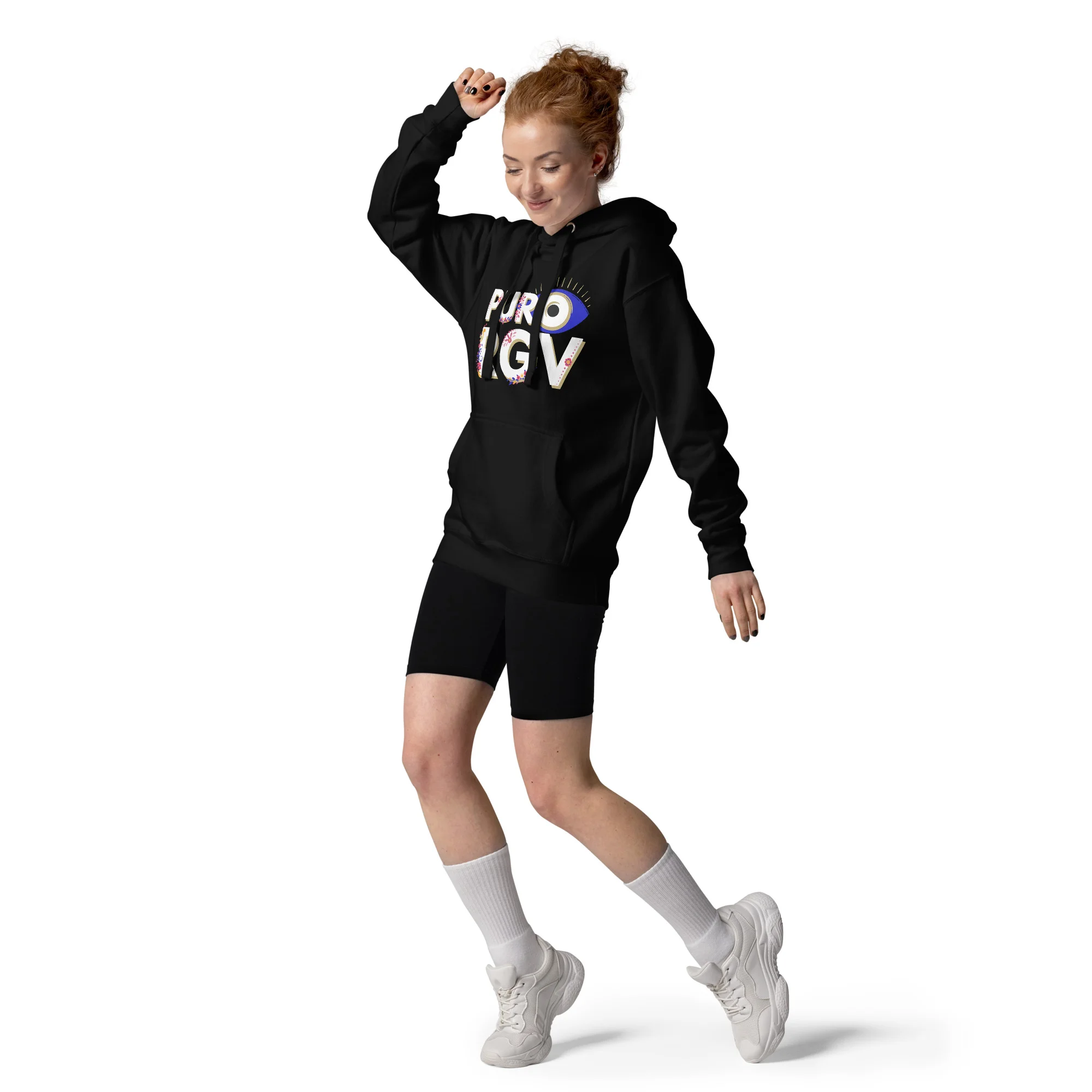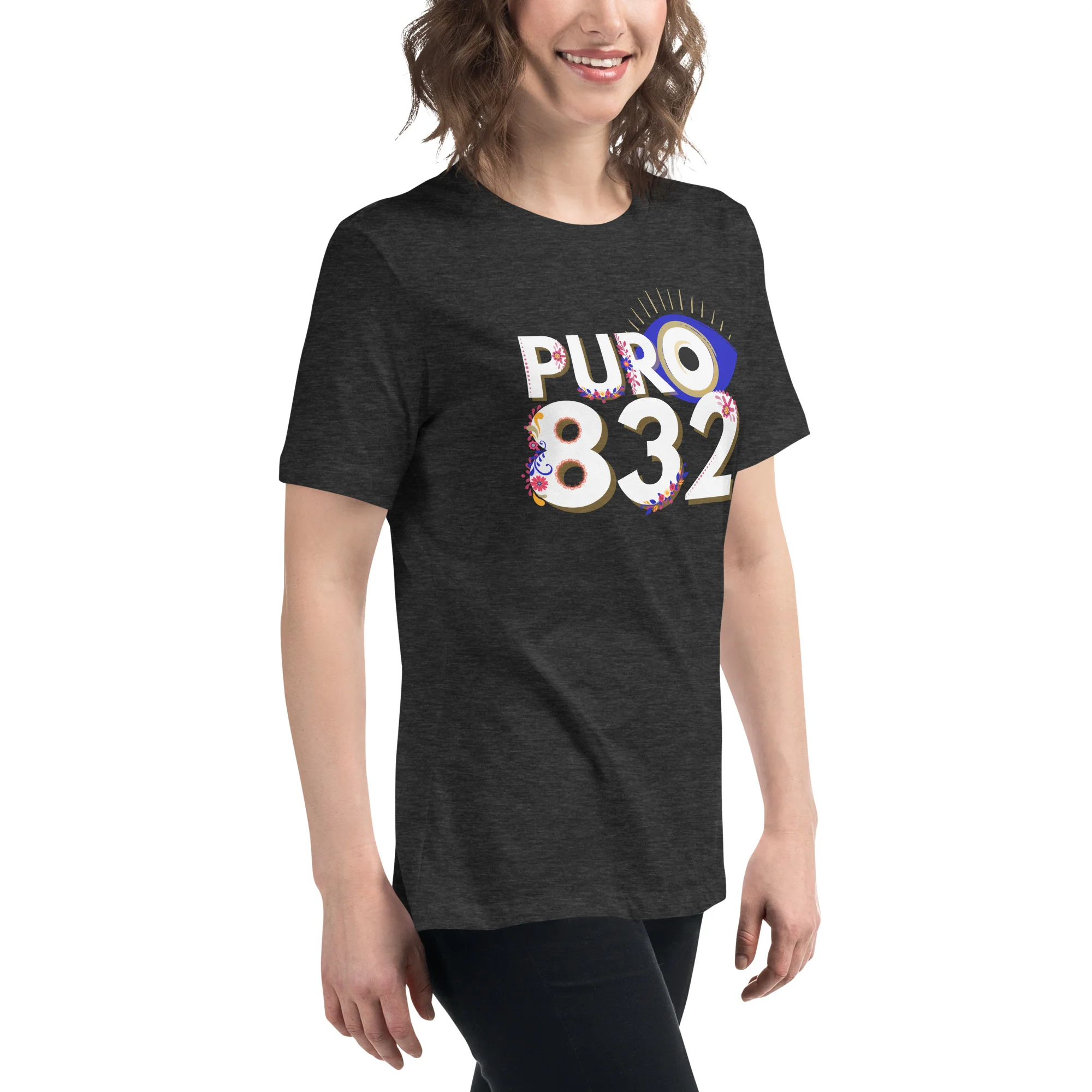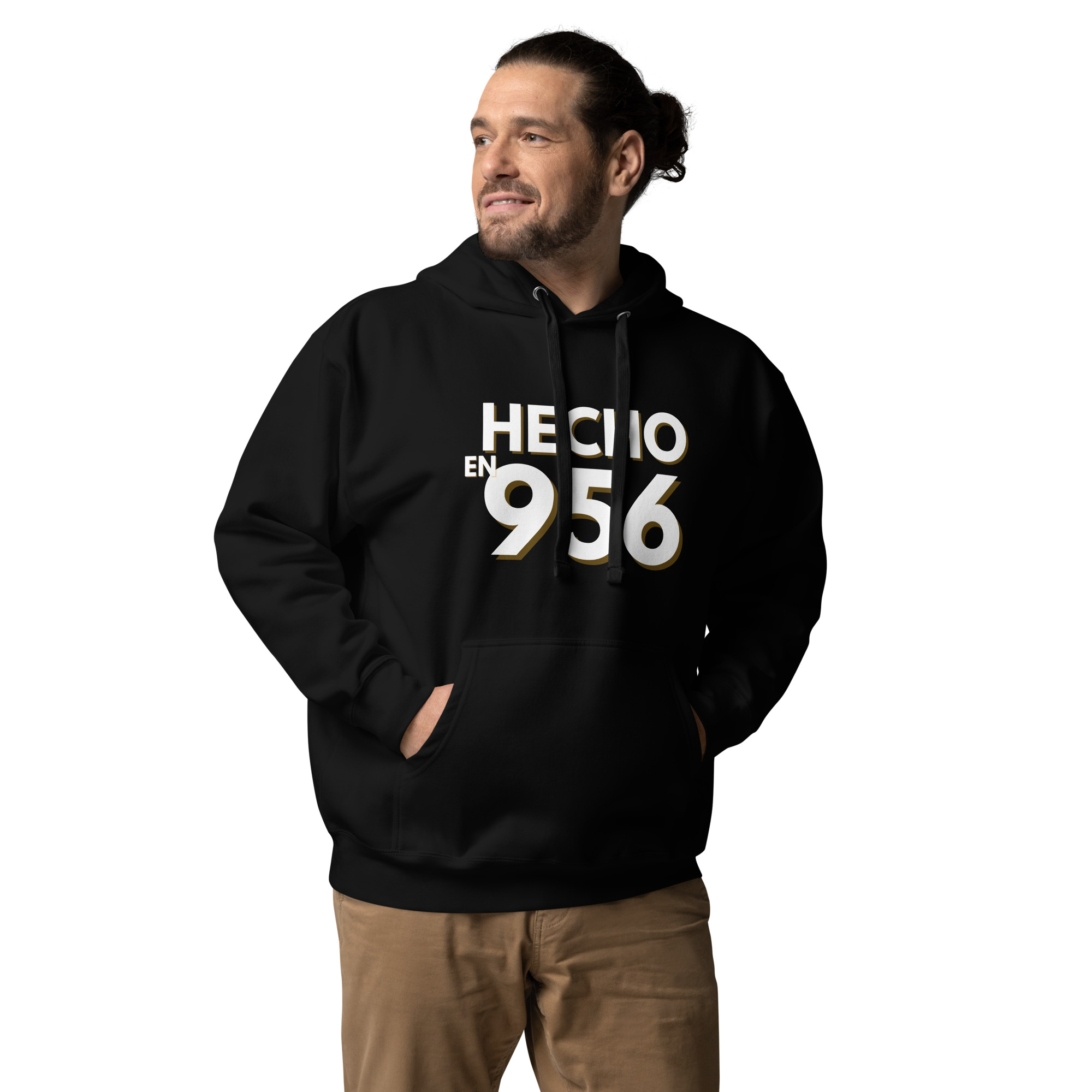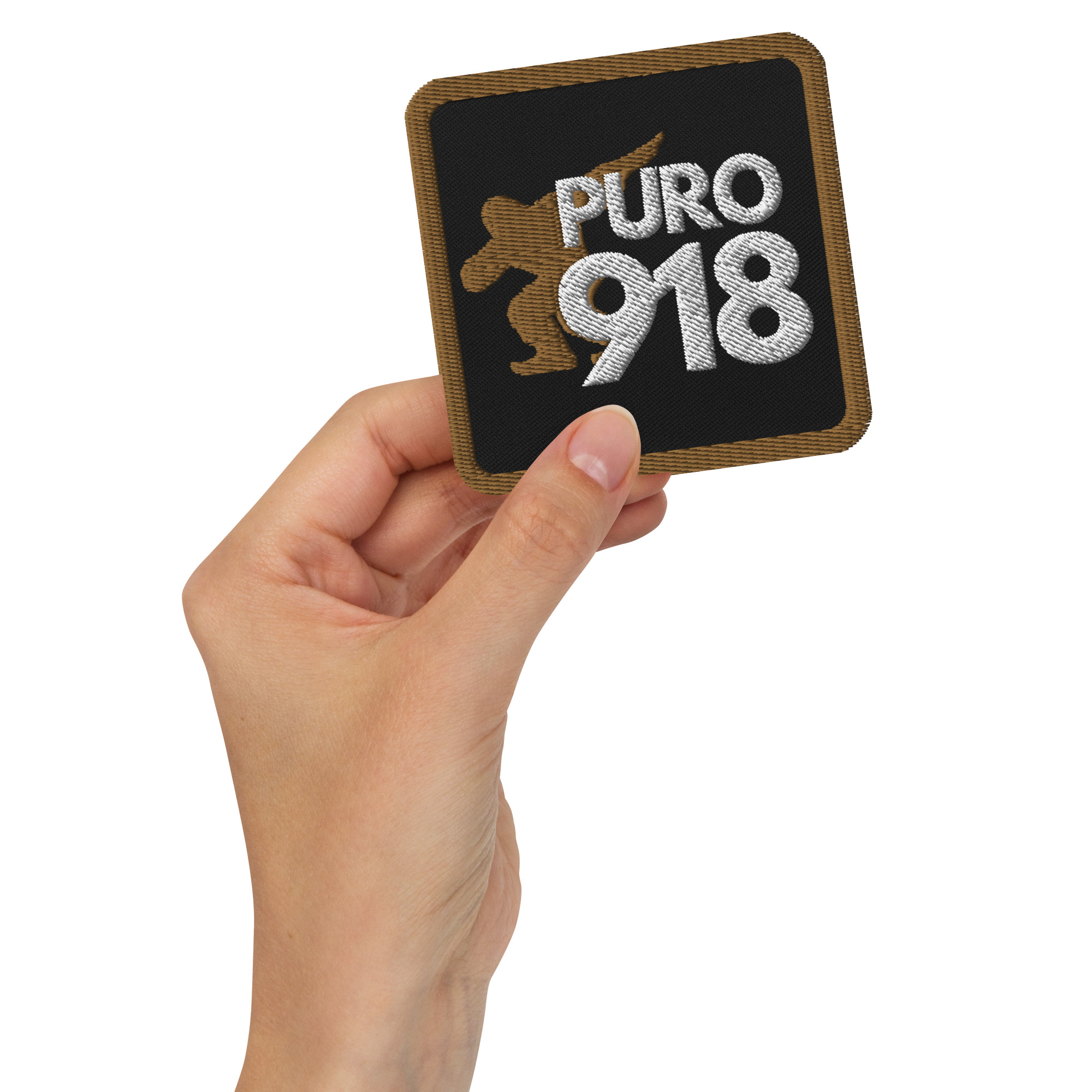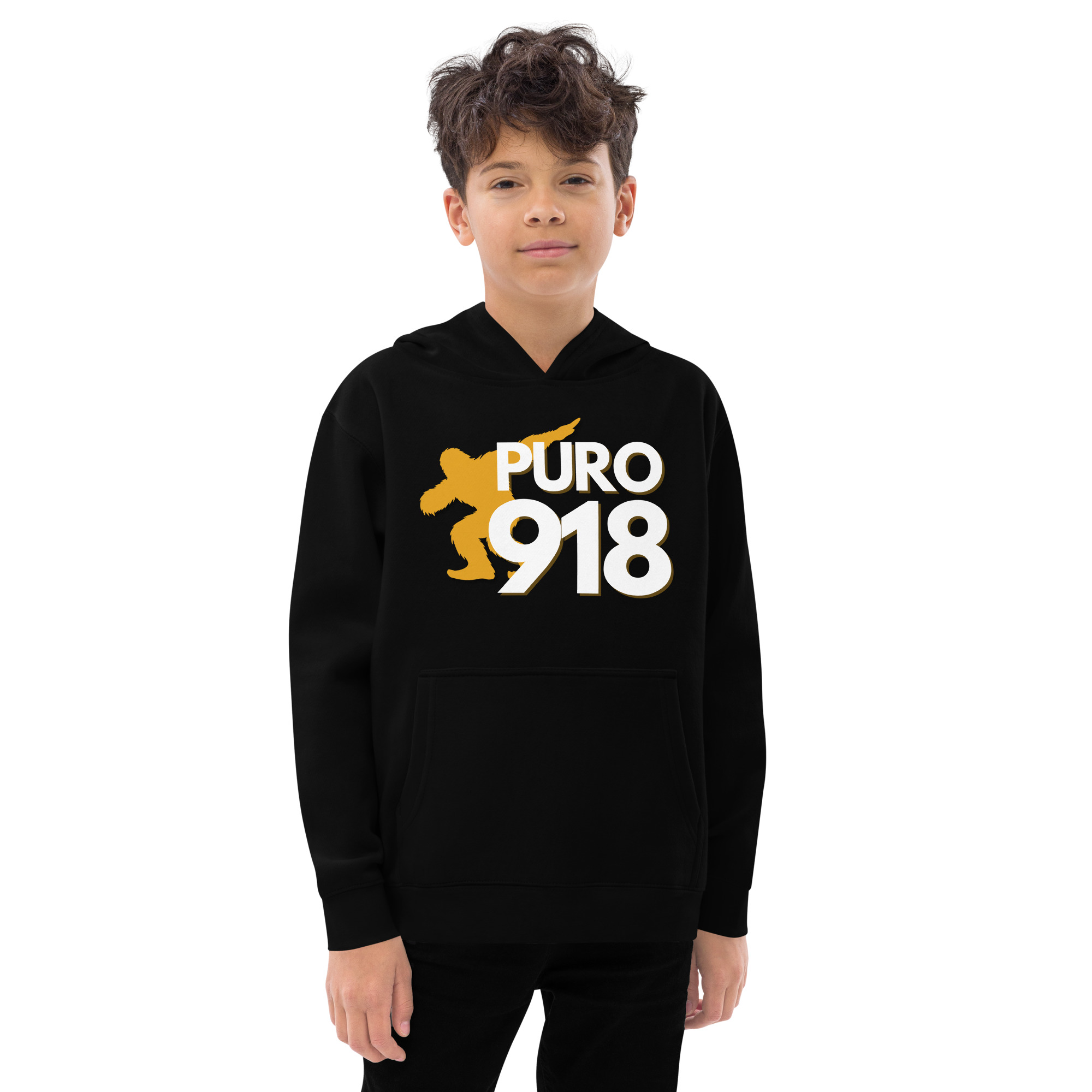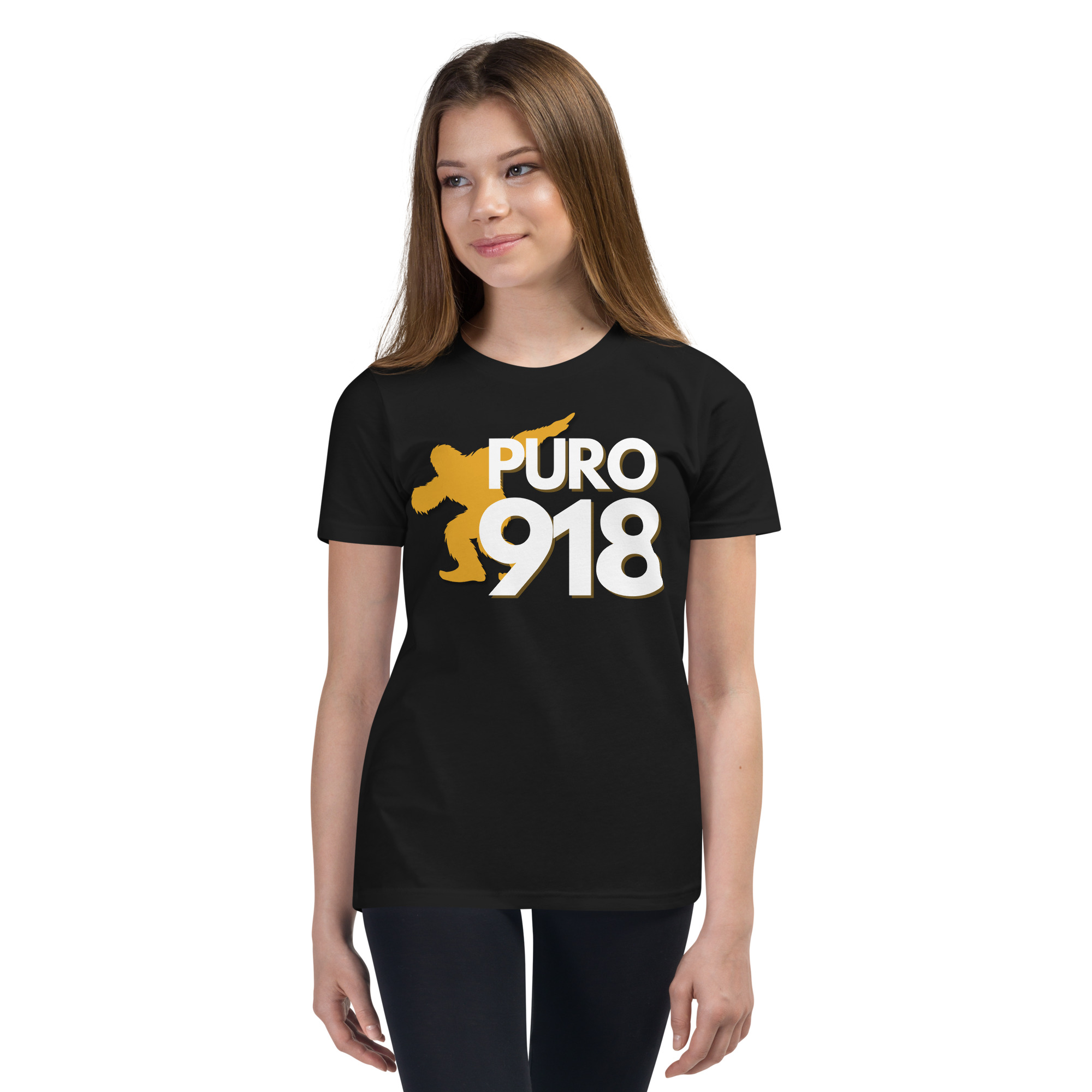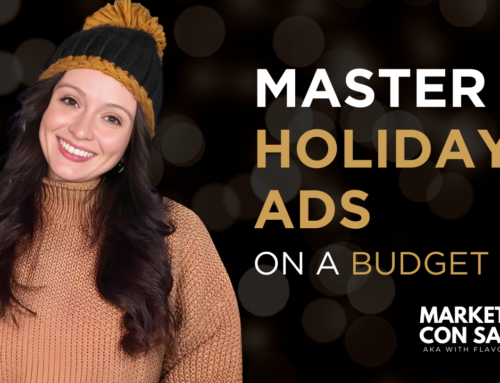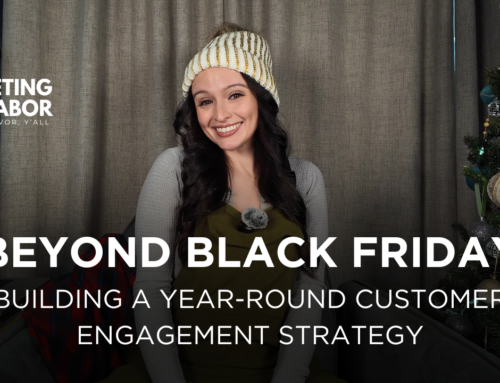Could mastering the art of SEO be the key to transforming your business? Join me, Samantha Hollyfield, as we explore the powerful synergy between marketing strategy and search engine optimization in this enlightening episode.
Learn how the four P’s of marketing—product, price, place, and promotion—can be applied to your SEO strategy, with your content acting as the cornerstone ‘product’. I share actionable insights into crafting fresh, relevant content that not only resonates with your audience but also aligns with search engines like Google, creating a solid foundation for your brand’s online presence. As we navigate through the components of effective marketing funnels, discover how keeping your website updated with high-value content is crucial for optimizing conversions and rankings.
Dive into the technical aspects of SEO with strategies like on-page optimization and strategic use of headings and alt tags. We tackle the common hurdles of mastering SEO, offering reassurance that with thoughtful adjustments, success is within reach. With a focus on relevancy and value, you’ll see how each of the four P’s interplays to bolster your business’s visibility and ranking. Finally, we unlock the art of producing valuable content that drives traffic and enhances your SEO endeavors.
Explore collaborative opportunities like guest blogging and local partnerships to build authoritative backlinks and expand your reach. Meeting Google’s EAT criteria—experience, expertise, authoritativeness, and trustworthiness—becomes crucial in improving search rankings. With practical tips on content optimization and promotional strategies, you’ll be equipped to elevate your online presence, transitioning from basic advertising to building long-term trust and value with your target audience.
Where to dive in:
(0:00:00) – Marketing Strategy and SEO Integration (13 Minutes)
This chapter focuses on applying the four P’s of marketing—product, price, place, and promotion—to search engine optimization (SEO). As a small business owner, understanding and utilizing these principles can significantly enhance your long-term marketing strategy. I discuss how the product aspect of SEO is your content, emphasizing the importance of fresh and relevant content that is well-structured for search engines like Google. The discussion also highlights the significance of regular updates and backlinks for improving website rankings. I share practical strategies for integrating content across platforms, like using podcasts and YouTube videos to boost SEO by embedding them on your website, thereby linking all your digital efforts together. By focusing on creating content that resonates with what your target audience is searching for, you can effectively leverage SEO as a foundation for your brand’s online presence.
(0:12:56) – Optimizing SEO for Conversion and Ranking (7 Minutes)
This chapter focuses on the essential components of creating effective marketing funnels for small businesses, emphasizing the importance of relevancy and value in content to increase conversion rates. We discuss the significance of keeping website content updated and how blogging plays a crucial role in enhancing SEO. Highlighting the four P’s of marketing—product, price, place, and promotion—we explore how each element contributes to improving a business’s online presence. In terms of SEO, we stress the need for on-page optimization, including image optimization, alt tags, and the strategic use of heading tags (H2, H3, etc.) to boost search engine rankings. We acknowledge the challenges of mastering SEO tactics but reassure listeners that success is attainable with thoughtful, ongoing adjustments and testing.
(0:19:50) – Optimizing SEO for Visibility and Promotion (5 Minutes)
This chapter focuses on the importance of optimizing web content for search engine ranking by addressing felt needs and using effective SEO strategies. We explore how utilizing keywords in conjunction with addressing felt needs can improve search result placement. Key SEO tactics are highlighted, such as crafting compelling headlines, using active language, and ensuring content is well-structured with appropriate image alt tags and keyword usage. The use of tools like Yoast SEO and Grammarly is recommended to enhance readability and optimization. Additionally, the significance of backlinks and internal links is emphasized as essential components for boosting search engine rankings. We also discuss the role of promotion, not just through Google ads but also via backlinks and social media, in enhancing a website’s visibility and search ranking. Overall, the chapter provides a comprehensive guide to SEO best practices that go beyond simple keyword stuffing, focusing on relevancy and strategic promotion.
(0:25:06) – Creating Value Through SEO Strategy (10 Minutes)
This chapter focuses on creating valuable and engaging content for social media that effectively drives traffic to your website and enhances SEO efforts. We explore strategies such as sharing meaningful blog posts and collaborating with complementary brands to reach shared target audiences without direct competition. Guest blogging and partnerships with local businesses are highlighted as methods to build backlinks and increase exposure. Additionally, I emphasize the importance of creating content that meets Google’s EAT criteria—experience, expertise, authoritativeness, and trustworthiness—to improve search engine ranking. The chapter also covers practical tips for optimizing content, such as using active language in titles, breaking up content with H tags, and ensuring images have relevant alt tags. By focusing on these elements, businesses can create long-term value and improve their online presence beyond basic advertising strategies.
(0:35:06) – SEO Content Strategy for Conversion (1 Minutes)
This chapter explores the importance of SEO beyond just using Google Ads or having a basic website. I discuss how crucial it is to keep content fresh and relevant to attract the right audience and achieve higher rankings on Google. The focus is on creating solid, valuable information rather than just writing for the sake of it. I emphasize the need for your website to function like a proactive sales agent that reduces risk and fear while effectively converting visitors. This approach not only boosts your online presence but also builds trust and credibility with your audience.
Proud to be in the 918 and from the 956!
Transcript:
0:00:00 – Samantha Hollyfield
Bienvenidos y’all to Marketing con Sabor.
I am your host, samantha Holyfield, and I am an MBA, a marketer, an entrepreneur, and in every single episode we talk about the difference between strategy and tactics, so that way you can produce marketing strategies with flavor sabor. And in today’s episode, we are talking about the four P’s. Now, if you are a small business owner, you may not know what that is, although you actually apply it all the time, and that is product price, place and promotion. So every time you create a new product, you have to think about those things in order to create an effective and strong marketing strategy. Well, today we are going to apply the four Ps to SEO. Now, if you have been a small business owner for a while, you know what SEO is, and if you don’t, it is search engine optimization. We have actually covered this in previous episodes a bit, and we also covered it in one of my mini courses, which you can check out at hollyfieldsconsultingcom. Hollyfield has two L’s, but today we are applying the four Ps to SEO. So we are not just thinking of SEO search engine optimization, as a tactic. We are thinking about it as a full, long-term strategy, and that is the key.
Too often, when people think SEO they’re like I just need to run a Google ad and it’s going to direct people to my website, yeah and that’s it. But often that is not effective. So you, if you have been tuning in, you will know that. I have said this many times when you are running ads, if the foundation is not set, the cost of your conversions is going to increase. So SEO is not just your website, seo is not just Google ads. Seo is a foundation, a long-term marketing strategy that helps your brand rise online, and we are going to apply the four P’s to it so that way we can think about it in a whole new way. So that first P that I discussed is product. When we are applying it to SEO, your product is your content.
So when somebody comes across your website, that headline that you have matters. The format that it is in matters meaning. Did you use like H1 headline H2, whatever. Those things are going to be read by Google, by Bing, by Safari, by whatever it. Well, safari is actually a browser, nevermind, but it is going to be read by search engines and so all the content that you have on your website matters. Now a big thing in SEO is how relevant is this to what the person is searching and how fresh is this content on the website. All of that will be indexed by Google and actually impact your ranking.
So very often when we do SEO, I will or just any marketing strategy I tell people hey, if we’re looking at the big picture, we’re looking at your website, we need to make sure that this thing is updated regularly so that way is indexed higher on Google. And we also want to make sure that this thing is updated regularly so that way it’s indexed higher on Google. And we also want to make sure that people are grabbing stuff from your website, creating backlinks, whether it’s to a product or this or that. And I’m like, hey, we got a blog. And people are like that’s laborious, I don’t want to blog, I don’t have anything to say, that is a stupid waste of time. I’m not seeing the immediate impact of this blog and so I don’t see its purpose. Too often, as a business owner, that happens, and I get it because I am one You’re thinking I need to make money. Now I’m blogging, you know, this year, next year, past years, whatever and I haven’t seen an immediate impact. But SEO is not always about immediate impact. It is a long-term marketing strategy.
So what am I doing right now that is impacting my SEO, the product of my SEO? That first P? I’m creating a podcast, and, yes, this video is going to go up on YouTube and it’s going to go on Spotify and it’s going to go on Apple to be heard and watched as a podcast, but also it’s going on my website. For me, I like to do one thing that produces lots of results. And so, because I don’t have a lot of time, yes, I’m a small business owner. I don’t just work with clients, I have to work on the overall strategy of my business. I have to get stuff up on social media, but I can’t be pulled in too many directions, just like you.
So what do I do? I’m creating a podcast. Yes, it’s going in the podcast spaces, but it’s also going to go on my website. Now it’s a whole different conversation, but YouTube is its own search engine. So, if we’re talking search engine optimization, yeah, duh, I want to be on YouTube because I want to be found, but also taking that video. Be on YouTube because I want to be found, but also taking that video, getting it on my website using the embed code from YouTube. So every view on my website is actually impacting YouTube. This is a very common mistake, by the way getting your content on your website but it’s not tied to the other places. I want everything to work together. So, video, youtube video embed code on my website in a blog post. I have a theme on my website optimized for the placement of this video to be right on top, gorgeous, beautiful. And then I have, you know, the description and the transcript, that juicy transcript.
Adding to what? Search engine optimization? Because when I plan my podcast episodes, I am thinking about what might my target audience be searching for? Well, a big thing. As a small business owner, whether you realize it in that first year or the second, or whatever it’s going to be SEO, you will get there. Every small business owner gets there and looks up this monster and tries to figure it out. So, yeah, I am applying something I know small business owners think about all the time the four Ps, even if they’ve never thought about it in those marketing words and then applying it to something they eventually get to SEO. And so I know that when I’ve created the title for this podcast episode, it is making my website more searchable. It is making me more searchable on YouTube and what Impacting that being found thing? Right, and I know, what do I know about Google indexing, that it wants fresh content, that it wants things that are relevant to my audience. So, as I weave in all these terms that I’m speaking to you right now, it impacts how I am being indexed and then helping my website what rise in search results indexed. And then helping my website what rise in search results. So, if I’m talking four piece, what are they?
Again, product price, place promotion, and I’m applying this marketing thought, this strategy, to what is usually considered a tactic, seo. My product is gonna be my content and so when you start thinking about product, this gives typically people a whole bunch more ideas, because we’re not just blogging for the sake of blogging, we’re not just putting stuff on our website for the sake of just splashing something there. We are thinking about return. Every time you create a product or a service, you are, as a small business owner, thinking about the turn. Sure, on an existential level, you’re thinking about the gaps in the market. But, again, what does that lead to Return? If you find a good gap, you’re more likely to see better conversion.
So if we are applying that same thought process to SEO. Our product is our content, and it takes you out of that space where you’re saying I don’t see the value. I don’t see the value of blogging it’s. It seems irrelevant, it seems like a laborious waste of time, but when you start thinking of it as I need my website to rank higher, you start getting a lot more ideas. What is my target audience searching for? What is my ideal client customer searching for? And you start feeding in these things to your website, to your content, that have high value, high relevancy and thus are better indexed by google and helping you rise. What does that also do on the paid side of things? So I’ve said before many times that if you set the right foundation, your conversion process will be better.
When you actually run ads, that applies to google ads y’all. If people are searching for something and you have a Google Ad and your website has this rich history, you are going to come up better in terms of search results, even as a paid spot at the top. Why? How does it work? When people search for the keywords associated with your website, you will appear as a sponsor placement in that ranking of results. And so, in order to do that beautiful magic thing relevancy that Google indexes every time you blog. You are helping that ad feeding that ad come up in the right search results. They work together. And here’s the other side of that in thinking of your content on your website, on social media, on YouTube Now we’re really focusing on website here but if you’re thinking of content as a product, you have to think of it as what is it going to do to help return.
And so, in the SEO space, I say that all the content you put out there should be helping improve intent to buy. So if you consistently do a very good job at producing content that reduces risk, reduces those fears, addresses value and positions you in a place as kind of a market leader, as an expert, as trusted, then you are making it easier for people to convert. Again, it goes back to then, whenever you run an ad targeting these people, they are more likely to convert. You will see a better conversion rate. And so, on the practical side of things, if we’re thinking about a product, we want it to be bright and shiny, right. We want it to be actually worth its salt. We want it to be good. And so, if you’re thinking about content as a product.
When somebody comes to your website, how fast does that page load? What is the user experience on your website? As they, you know, walk through your landing page, walk through your services page, walk through your services page, walk through your blog. How are all of these things connected in order to feed somebody to that point of sale or to that point of contact, that point of conversion, whatever it may be? So we’re not just thinking when we think about product and content. We have to also think about experience as part of that, just like you would, as a tangible product that you can feel or service that you can experience. Content is something you are experiencing. So how your website functions is going to play into its success on that technical level.
Now the second p product place promotion is price. Now you might be thinking well, content is free Backup. You know it isn’t. So we just talked about small business owners feeling like it takes too much time and effort to work on these blog posts when I’m not seeing an immediate return. Y’all time and effort is a price right, it’s taking you away from other things. So you want to make sure that when you devote your time as an entrepreneur, as a small business owner to this or whether you delegate it to somebody else, that it will see return because it has a cost. Do not assume that if you, the small business owner, are doing it, that there’s no cost attached to it. Of course there is. Now it’s easier to see that cost when you pay somebody to write something for you or when you delegate it to an employee, but if you personally are doing it, there is still a cost, and it is your time, because your time is valuable. Now, just like your time is valuable, the time of the person on the other end is valuable, and that exchange is also a price. If your content is rich, if your content really speaks to the things that this person is looking for, then that price makes sense for the person on the other end. So we’ve talked about price in terms of your time and the time of the person, the visitor for your website.
But what about the other things, like free lead magnets, free resources? That is also a type of price. So if you can provide value meaning you have thought about the content, part of it, and then now you’re thinking about the conversion, that price, that thing that you need to see happen part of that happens in the exchange of something like a lead. And so how do you get this lead If you offer something for free that can help help that person convert and yeah, we’re thinking about something in terms of price, of course, if you have a free lead magnet, as always I’m going to say it’s not actually free. It might be free for the person receiving it even if they gave their time. They’re going to see it as a free thing zero dollars but you, as a small business owner, might have given your time into producing it, might have paid somebody to turn it into a pretty pdf or a pretty video. It’s not actually free.
And so when that exchange happens, you need to know that the person getting it has a high intent, has a high relevancy for you. We want that lead to be extremely relevant to your business so it has a better chance of conversion. So the content on your website that product a free lead magnet being one of those content things needs to be highly relevant and rich and worth somebody’s time in order for it to then give you a good ROI. The better job you do in terms of relevancy and value, the better chance you have of converting that lead that actually signs up for. Whatever that free thing is Free PDF, free videodf, free video, free mini course, free seminar, whatever the better job you do at addressing value and relevancy, the more likely it will be that that person can convert to sale.
So all that to say, addressing that big thing that I hear from small business owners all the time, I don’t really have time to care about the blogging part of my website. I don’t really have time to keep this thing updated every few months Y’all. If it matters to you being found on the internet, you better believe that it’s important. You better believe in the blogging process. You better believe in kind of those fresh mini updates to your website here or there, because google is indexing those things it matters and so, at that same time, if you were putting all this time and effort into updating those things, keeping them fresh, then you need to see return, and so things like your free lead magnet whatever that conversion funnel funnel is needs to be solid. And I will say this no funnel is perfect right off the bat. It often takes some tweaking, so that means you can’t if you’ve paid some firm like thousands of dollars to create this funnel for your website and you don’t see, you know, perfect return immediately. I mean, I’m not surprised, but you know you might want to think about what that exchange looks like with this firm. What are we doing to improve the conversion rate of this thing over time?
A funnel often is not one and done. It takes testing. So when we think about price, there’s a lot to it. There’s the time you put into it, there’s the time of the person on the other side of that coming to your website and looking at this content, whatever it may be, and then there’s the actual funnel, that process you need to get them to convert into a paying customer. And all of that brings us to the third P, which is place, product, price, place promotion. I’m going to say it over and over by the end of this you’re going to know the four P, which is place, product price, place promotion. I’m gonna say it over and over by the end of this, you’re gonna know the four P’s like the back of your hand.
Now, in traditional marketing, place might be brick and mortar, wherever you find that tangible product, or you might just think of it as the product page for this thing on your website. But in terms of SEO, I’m gonna talk about place, as how you are actually ranked on Google. So when somebody searches for this thing, I’m talking about place, as where are you listed in search results? So where you are listed in search results matters. Duh, we know that right and we’re trying to improve it, and we’re trying to take these things seriously and see the bigger darn picture, even though it can feel like time and effort. So if we want to improve that organic, organic search result, then we are focusing on all the things I talked about the relevancy of our content, how good it is, the value it provides to the person. On the other end. And then there are these ticky tacky tactical things that matter, like what have you done to improve your on page SEO? What is the speed of that page? What are the keywords that you’ve used in that blog post or on your homepage or on that product listing? All of those things matter. So you have to actually improve your on-page SEO in order to rank better. It’s not just you have to think of all that content that we’ve thought about from a strategic angle now, from a tactical angle. So what does that mean? The photo that I use on my website is it optimized in order for load speed, how quickly that that page is going to generate.
Have I done the alt tags? So you’re like gosh, this is a lot of things to think of. Don’t worry, I have a free guide that’s going to help you. The alt tags meaning, let’s say you’re using WordPress and you upload your featured image On the right-hand side. It’s going to have like alt, it’s going to have name and description. Have you filled those things in? Not the caption necessarily, because we don’t want that to appear on kind of the user end, but have you done the little back end steps so that way, when somebody searches, google’s even indexing that photo?
Have you then, in the content of your blog post, use like h2, h3 tags? You’re like, what is that? Well, when you are putting in in wordpress, for instance, you have that text box you copy, you know, you paste in your blog there, and you’re like oh, I want to format it a bit, I’m going to make this bold. Oh, actually, this little heading can make this bigger. That little heading is read by google and has a purpose. So when you do use, set aside certain you know titles and phrases and use those H2, h3, h4 tags, google is prioritizing that content based on the, the tags that you are using, and so that is those ticky tacky on page things that also matter picky, tacky on-page things that also matter. Now, you don’t have to be an expert to do this. Well, I mean, here’s a very nice thing.
What’s going on in terms of SEO? In the past, longer format content was rewarded, and now, in 2025, even in 2024, shorter format content is doing just as well, if not better, and so this is a great relief to anybody who’s like I don’t have a lot of time, but I understand the value of this thing is going to help my long-term organic efforts of my website, helping it rise, so I’m going to do it. Well, I just gave you a little gift shorter is being rewarded now. When I say shorter, I’m not talking about like 500 words. I’d probably make it a little beefier than that, but you could certainly start there and then do the things that I’m talking about. Is it highly relevant? Have you titled this thing with keywords that your person is going to search? We’re talking about place here, how you are ranked, how you show up in Google search. Well, that title that you use is going to be highly important, and here’s a great copywriting and SEO tip I’m going to give you for that title Shorter is better.
Use a keyword, use an action verb and make sure that it speaks to a felt need. A felt need. People talk about pain point and really in marketing we’re trying to move away from pain points and more into value, but felt need is still extremely relevant. It is that thing that creates a sense of urgency, that creates a sense of you immediately understand like, oh, this is for me. Yeah, absolutely. I feel that in my bones when I read that that’s a felt need, and so if you compare that need with some kind of keyword, you are going to do better in terms of how you rank, place and search results. And so that’s one of those ticky, tacky things.
I’m going to go over them really quick. The title, your image does it have the back and alt tags that it needs? Your physical content does it have, you know, have headlines that are going to be read by Google that make sense to help with indexing? How long is that thing? To help with SEO, do we have something like Yoast SEO? If you are on WordPress, yoast is an easy, wonderful plugin to use that is going to help optimize how your blog will show up on your blog. Any page on your website, yoast, needs to be filled out because it’s going to have whatever keyword or phrase that you’re trying to optimize that page for. Then the description that’s going to be read by Google and then you can click into, when it’s shared to social media, the photo, the title and the description that shows up. All of those things are extremely important and it is that second step that people often forget about. That makes that is a really huge deal.
Another beautiful thing about Yoast is it is going to tell you if you were using too much passive language. So even in your headline we’re going back a little bit, but I say use active language, not passive. Same for your whole blog post. It’ll say hey, too much of this is passive. Hey, you have way too many very long sentences. We need to chop these up into shorter, easier phrases that are easier to read. It is going to give you some indicators that will help you edit your blog and if you need help with that, I would say use a tool like Grammarly. It’s excellent.
But so we’re talking about place, how you are ranked and the ticky tacky things that are going to help you do that. So again, your headline, the alt tags for your image that you use on your blog, your length of your content and the keywords that you use in there Reminder keyword stuffing. You don’t want to just stuff it with a bunch of relevant keywords. You will be penalized for that. This is where relevancy is a literal thing, that Google relevancy isn’t just like some word that sounds good. Google is indexing for this. So if you have content that is highly relevant, not keyword stuffed, but uses the right keywords, you have those headlines that Google is going to read because you’ve used that tagging. That is going to help you rank higher. And then you’re using something like Yoast to optimize how it’s seen by Google and social media. You are already doing so many things to help you, and here’s another side of that ranking thing that really matters is backlinks. So backlinks are going to be, let’s say, another website is linking to your blog post. That is an excellent way to create backlinks. If you are consistently creating blogs that matter to your audience, other websites consistently creating blogs that matter to your audience, other websites, industry websites or whatever have you might link to that specific blog and use it as a source and then that helps you rise in where you are listed in search results. So backlinks is one Another thing that Google is going to index for is like internal links.
So that’s just kind of the UX, the user experience of the website. Let’s say you’re talking about something in your blog and it’s relevant to another blog. If you link to it, that would be considered an internal link on your website that matters. Let’s say you’re working on a homepage and you have links to other pages. That’s internal links that matters. So when Google is indexing you, it wants to see backlinks, it wants to see internal links, it wants to see, you know, a headline that makes sense, that title or title of your page. Right, it’s not just a blog, it could be just a regular page on your website or a product page listing. All those ticky tacky things matter and help you rise.
Now the next thing we’re going to talk about, that fourth P, is promotion. Product price place promotion. What does promotion mean in terms of SEO? Now, you might think of just Google ads, but it’s not just that. It also is the things that I just talked about. Backlinks being a big one, social media, how it’s shared those two things can do a whole lot to help your website rise in search results. Let’s assume you’ve done a perfect job at making sure that every page on your website is optimized to be read by Google, with keywords, with headlines, you know those h tags, with the Yoast settings, with all the alt stuff for every image on there. It has fast loading speed. You have all these blogs that you’re doing every couple of weeks or every week that will speak to your audience, that also have keywords in the headlines that are going to help you rise.
Now you have created shareable content. So if you’re like, hey, I’m a small business owner, I’ve got to do social media, I want it to be rich and valuable. Well, sharing your blogs, there is a way to do that. And again, if it is meaty, if it is valuable, if it has relevancy, that is something your audience wants to consume. Now you are trafficking people from social media to your website in a way that has meaning. Every social media post isn’t just you dancing, isn’t just you know a carousel of photos, isn’t just you know pushing, pushing, pushing somebody to buy your stuff. It has value and can send people back to your website and work that funnel that we talked about in price.
Another thing is like guest blogging. So we’ve talked about this actually in different ways. For talking about local SEO in another video it was a shorter episode and I talked about, you know, work collaborating with local influencers or sorry, not local influencers, local brands actually trying to stay away from influencers. You know when I say, like ketchup and mustard, or like, if you’re at a barbecue, what goes good together Wings and hot dogs, um, when you’re thinking about collaboration, don’t just think influencers. Instead, think about brands that also have something at stake, just like you do, meaning they need to see return. They understand how important this collaboration is in order to get sales.
But here’s the key. The kicker is that you share a target audience. So when you both have the same target audience but you sell two different things, this is a ripe opportunity for collaboration because you’re not competing. It’s two things that work really well together. And so, let’s say, you are a rock climbing gym. You could have a really cool partnership with a local outdoor store. Right, you have the same target audience, potentially, and things that both people want, and you can do some really cool collaboration. Maybe it is guest blogging. Maybe your rock climbing professional is going to blog on your website about like all of their favorite shoes and gear that they use that you potentially sell as the outdoor store and you know, maybe camping gear that they even sell. So it’s not just indoor climbing but it’s also outdoor climbing and all the things there. They put together this beautiful blog post that highlights your products, their skills and is highly relevant to both audiences, and then now they’re going to go on social media and they might create some reels, some carousels, some photos and link to this blog post where they can get more juicy information. And all of this is working in tandem to help.
What SEO? It’s that thing you guys, so many of us, don’t really think about. It’s not just doing a pretty reel and collaborating guys. It’s drawing it all the way back to things like a website that have a long-term value, because that post isn’t just going to be looked at once, you know, in October. It might be looked at for a few years. It has long-term value on building your website and it can be shared on both websites in both places. So again, you’re creating backlinks for both your sites. You are sharing a target audience. Now you’re both getting potentially new customers, and all of this is still search engine optimization.
It’s big picture y’all. That is the kind of juicy, long-term, rich type of strategy and SEO that goes way beyond throwing up a $5 a day Google ad and it has better chance of conversion, not only in the short term but in the long term. And it’s exciting, it’s what the people want. You’re asking how do you stand out on social media? It’s big creating value want. You’re asking how do you stand out on social media? It’s big, creating value, and not just in these kitschy ways. You know five ways to do this, six ways to do that. It’s deep value that people genuinely want and they want to experience. I want you to keep in mind as you think about SEO. Google has this term called EAT, and it is experience, expertise, authoritativeness and trustworthiness. So in all of the content that you produce, if you can meet those four things, you are going to do a better job at being indexed and ranked.
So just to recap, seo, search engine optimization is not just I have a website and now I want it to rank. That’s not going to happen. It’s not keyword stuffing. It’s not making a list of all these keywords and then putting them in as many places as you can. It isn’t just blogging and throwing up something up there every week just to do it. It’s not just taking those blogs and throwing them on social media. It is creating value and relevancy.
And then, once you can do a good job about thinking, hey, what is my target audience searching for? What can I create on my website in order to rank higher when somebody is searching for those things? And then from there, what are the ticky tacky things that I need to do? So, okay, I’ve thought about what my customer is searching for. I’m going to actually put that in the title of this post in some creative way that it uses active language, potentially action verbs. Shorter is better, speaks to a felt need or high value, and then I’ve written this post about that. That is extremely relevant to the title.
Then the ticky tacky thing right, I’m using H tags. For certain, I’m breaking up that content, which is all those H tags are going to be read by Google. Again, thinking about how do I rank for what this person is searching for? I’ve done the ticky tacky thing of getting a relevant photo or video and then putting the alt tags on the back end. I’ve done the ticky tacky thing of getting Yoast SEO and making sure it’s optimized for how it’s gonna look on Google, on, look on social, and making sure that I respond when it say hey, you’ve used too much passive language and you need to break up some of the sentence structure.
I’ve done the things and so, again, it is not blogging for the sake of blogging and wasting time. It’s not just sharing stuff from your website. It’s not just putting up a website. Think about EAT, experience, expertise, authoritativeness and trustworthiness, and then go beyond that. So we are thinking about our product as our content, our price being the time that the person gives up on their end in order to experience your content, and thinking about how do I then, if I have them, they’re funneling them into something where I can get them into my conversion funnel that has a price on both ends.
Then I’m thinking about place, meaning I want to make sure that when somebody types something into Google, that I am actually ranking right. Yeah, duh, the whole point of this. How do I improve that ranking? And then in a way that makes sense. And then promotion we’re not just thinking Google ads. We are thinking of collaboration, not with influencers, with brands, where we both have an exchange of value that is highly important where we can share our target audiences and see true conversion, long-term and short-term and also promotion, in that, because I have created this thing of high value that is going to help me rank higher, I’m going to go create other backlinks, get it on social media and it’s going to have high value. That’s the thing. And people on social these like gurus and stuff will be like oh, value is overrated. We’re no longer talking about that. We’re no longer just educating. We’re no longer just doing this.
Okay, just quiet the voices for a second and think about how you, as a person using the internet, want to experience it. When you come across something on a website, you want it to be rich with information that you’re looking for. You want it to have tools, resources, and then, if it can actually get you to one of those resources that makes the most sense, well duh, you’re going to convert. It’s the yeah duh thing. We make all of this way too complicated. Yes, we need to understand the technical side of things. Yes, we have to see the strategic part of things, but what brings that all together is just a base understanding of how you, as a person, want to experience the internet.
Misunderstanding of how you, as a person, want to experience the internet. It’s not about being, you know, salesy and this or that. Being overly salesy doesn’t get people to convert. Meeting people’s needs gets them to convert when they understand on a deep level how this is going to fix their problem, how this adds to their life. Conversion is easy, and so that’s the point. Life conversion is easy, and so that’s the point. Thinking about SEO in terms of that way that we think about every product or service that we create, we think about the four Ps, whether we’re using those terms or not product, price, place, promotion. So when you can use that lens to look at SEO, it gets a whole lot easier to understand its value and why you need to take the time to do it.
All right, I have a free resource. You can get it. If you are watching this on YouTube on your TV, in your house or on your computer, you can scan a little QR code. If you are on mobile, you can just scroll down and click the link. But there you go. I want to see how you do these things and again, I’ve told you how I’m doing it. I’m creating a podcast. I’m getting it up on YouTube because it’s its own search engine. Different conversation for a different day and then putting it on my website and putting the transcript there and I’m using I’ve thought about the title of this thing based on what my audience might be searching for and then I’m also going to create reels out of this thing that go on my social media, that go on YouTube as shorts. I am doing a whole lot. I’m hitting a lot of birds with one stone.
Let’s say, I invited a guest on my podcast. That’s a potential for that collaboration I talked about Guys. I could go on and on and on, but the big point of this is I want you to remember that SEO is not just throwing up Google Ads. It’s not just having a website. Google’s algorithm is more complex than that, but you can think about it simply in terms of I need to keep fresh information up there in order to draw in the right people and rank higher, and I want that information to be solid, not just writing something for the rank higher. And I want that information to be solid, not just writing something for the sake of writing something. I want my website to be like its own sales agent that helps reduce risk, reduce fears and actually help people convert. All right, I’ll see you next time.
